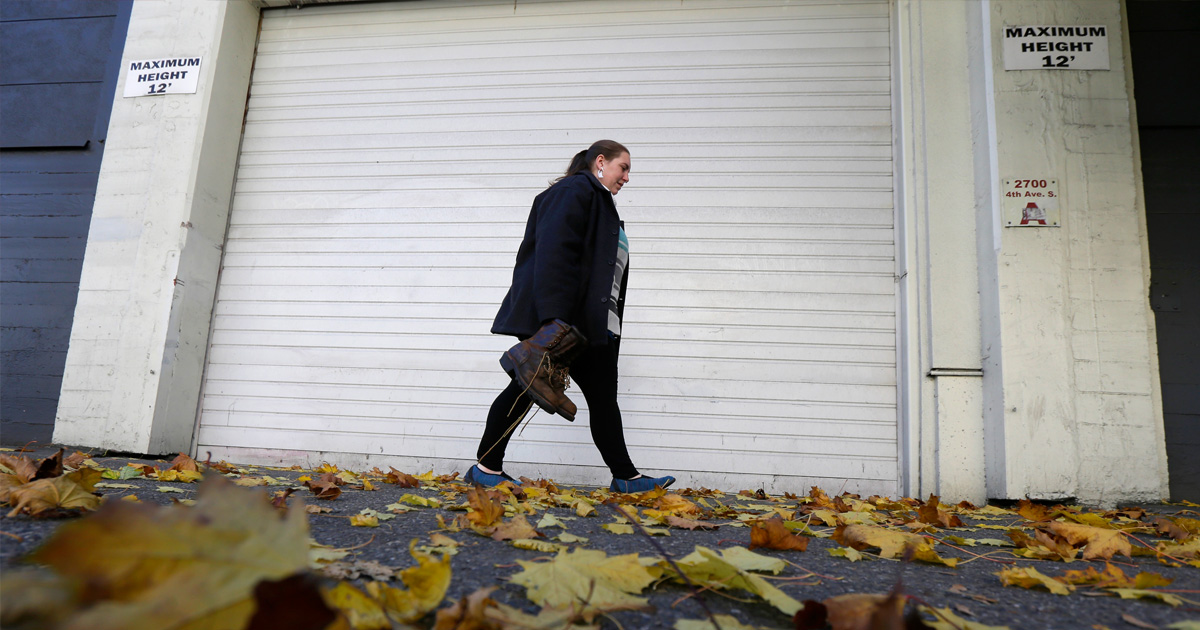Who is left out in the cold? Who is uniquely vulnerable? Are the uniquely vulnerable facing unique challenges requiring unique solutions? Demographic information on homelessness opens the door to better answers to such questions and thus better services. This goal is in mind as the Alliance continues its Demographic Data Project with a second installment focused on gender.
A fact plainly evident from the data is that homelessness particularly impacts men, and the analysis aims to present a fuller picture of that story. At the national level, the Alliance found that men comprise 70 percent of individuals experiencing homelessness. The data also reaches down to the regional level: men were the majority of those experiencing homelessness in an astounding 97 percent of Continuums of Care (CoCs). Their rates of homelessness and likelihood of being unsheltered outpace women’s—and this is true in the vast majority of CoCs.
It’s clear that a subset of American men is particularly vulnerable to homelessness.
Elements of the larger society are implicated, including job markets, the criminal justice system, mental and physical health systems, and ongoing racial disparities. Many people may not be accessing, or getting what they need, from government-funded programs and charitable efforts designed to aid people experiencing poverty and hardship. Homeless service providers may be the only agencies reaching them.
The Alliance is working to unpack these issues through research and data efforts like the current Demographic Data Project, as well as through conversations such as the men- and black men-focused sessions at our upcoming National Conference on Ending Homelessness in Washington, DC. Given men’s significant numerical representation within homelessness, focusing on their unique challenges is absolutely necessary in meeting the goal of preventing, reducing, and eliminating homelessness overall.
Concerns about men experiencing homelessness coexist with significant ones about women. Our analysis uncovers states and CoCs where individual women’s representation within the homeless population is much higher than the national average. Also attention-worthy is the limited number of locations, including 14 states, where individual women are more likely to be unsheltered than men.
Women experiencing homelessness may also be suffering harsher outcomes than men. We point to research studies reflecting unsheltered women’s greater risks of mortality, victimization, and assault. There is always a need to continue research and address such disparities.
This conversation on gender is enhanced by reading it alongside the first installment of the Demographic Data Project, which is focused on individuals who identify as transgender and/or non-binary.
We further urge you to explore future installments of the Demographic Data Project, the next one being an examination of the racial dynamics of homelessness.

